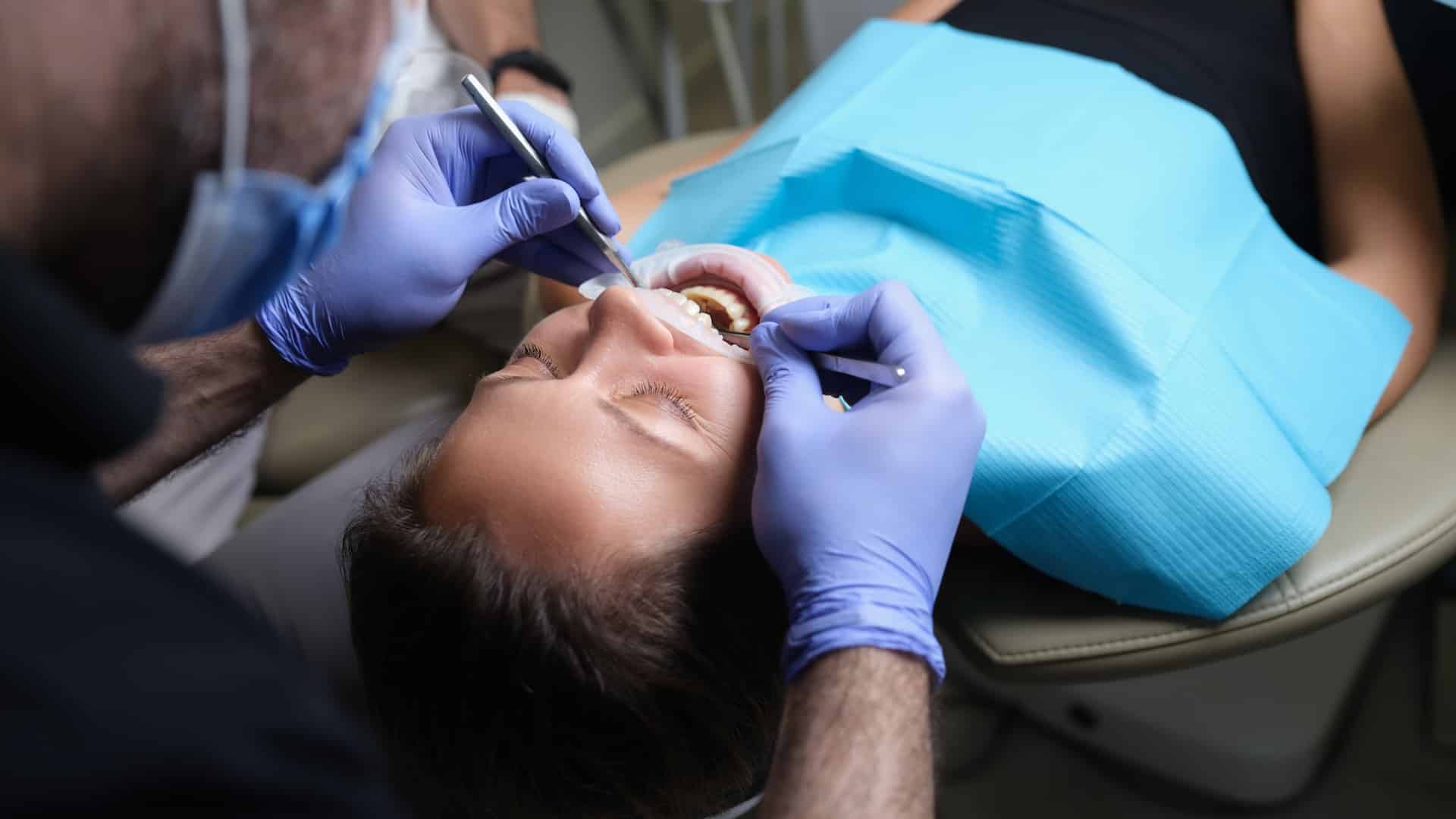A healthy, beautiful smile can make an incredible difference in one’s confidence and overall appearance. Cosmetic treatments such as teeth whitening, dental veneers, orthodontics, and dental bridges can all contribute to a more beautiful smile. In this article, we will delve into dental bridges and their role in cosmetic dentistry, helping you make an informed decision about your oral health and aesthetic goals.
At Pickering Dental Services, our family dental care practice in Pickering, ON, we understand the significance of a radiant smile and offer a range of cosmetic dental treatments tailored to help you achieve the smile of your dreams. Our team of dental professionals is dedicated to delivering high-quality solutions and personalized care to enhance both the aesthetic and functional aspects of your smile.
What Are Dental Bridges?
Dental bridges are custom-made dental restorations designed to replace one or more missing teeth. By bridging the gap created by missing teeth, dental bridges help restore your oral functionality while providing a significant cosmetic improvement. Dental bridges consist of one or more artificial teeth (called pontics) anchored by dental crowns placed on the adjacent natural teeth or dental implants.
Benefits of Dental Bridges
Dental bridges serve both functional and cosmetic purposes. Some of their key benefits include:
1. Improved Smile Aesthetics: By replacing missing teeth, dental bridges significantly enhance your smile’s appearance and restore the balance and harmony of your facial features.
2. Restored Functionality: Dental bridges allow you to regain proper biting and chewing function, making it easier for you to enjoy your favourite foods and speak clearly.
3. Alleviated Bite Pressure: Bridges help redistribute the biting forces evenly across your teeth, preventing further damage to your remaining natural teeth.
4. Prevention of Teeth Shifting: Missing teeth can cause adjacent teeth to shift out of alignment over time. Dental bridges help maintain the proper positioning of your teeth and prevent misalignment issues.
Types of Dental Bridges
There are various types of dental bridges, each suitable for different clinical conditions and aesthetic requirements:
1. Traditional Dental Bridges: These bridges are the most common type and consist of one or more pontics supported by dental crowns placed on the adjacent teeth. Traditional bridges are suitable when you have natural teeth on both sides of the gap.
2. Cantilever Bridges: Cantilever bridges are similar to traditional bridges but require only one adjacent tooth for support. These bridges are ideal for situations where only one remaining natural tooth is available to anchor the bridge.
3. Maryland Bridges: Maryland bridges are minimally invasive and involve the use of metal or porcelain wings bonded to the back of the supporting teeth instead of dental crowns. These bridges work best for more specific cases and may not be ideal for every patient.
4. Implant-Supported Bridges: These bridges are anchored by dental implants and do not rely on the remaining natural teeth for support. Implant-supported bridges provide extra stability and a longer-lasting solution while preserving adjacent teeth from the need for crowns.
The Dental Bridge Procedure
The procedure for receiving a dental bridge typically involves several steps:
1. Consultation and Treatment Planning: Your dentist will assess your dental condition, discuss your cosmetic goals, and determine if a dental bridge is the best course of treatment. They will also discuss the various types of bridges and recommend the most suitable option based on your unique needs.
2. Tooth Preparation: For traditional and cantilever bridges, the supporting teeth will need to be prepared to accommodate dental crowns, which may involve removing a small portion of the enamel. The goal is to ensure a proper fit for the bridge and an optimal margin between the bridge and gum tissue.
3. Dental Impressions: Your dentist will take precise impressions of your prepared teeth and the surrounding area, which will serve as a guide for the dental laboratory to create your custom bridge.
4. Temporary Bridge Placement: While your custom dental bridge is being fabricated, your dentist will place a temporary bridge to protect your prepared teeth and maintain the space.
5. Final Bridge Placement: Once your custom bridge is completed, your dentist will remove the temporary bridge, check the fit and appearance of the permanent bridge, and cement it in place. They will ensure proper bite alignment, comfort, and a seamless appearance before completing the procedure.
Caring for Your Dental Bridge
Proper care and maintenance are crucial to ensuring the longevity and success of your dental bridge:
1. Maintain a consistent oral hygiene routine, including brushing your teeth twice daily with a soft-bristled toothbrush and fluoride toothpaste and flossing at least once a day with a special floss threader designed to clean under the bridge.
2. Schedule regular dental checkups and cleanings to ensure the health of your dental bridge and surrounding teeth.
3. Protect your bridge from damage or wear by avoiding hard or sticky foods.
Discover Dental Bridges at Pickering Dental Services
Dental bridges are a versatile and effective cosmetic dentistry option for restoring your smile by replacing missing teeth. With various types of dental bridges available, your treatment can be tailored to suit your unique situation and cosmetic goals. At Pickering Dental Services, our dedicated team of cosmetic dentists in Pickering is committed to providing comprehensive cosmetic treatment options, including dental bridges, to help you achieve the smile you’ve always desired.
Are you ready to bridge the gap in your smile? Schedule a consultation at Pickering Dental Services today to explore your cosmetic dentistry options and take the first step towards a confident, radiant smile.


